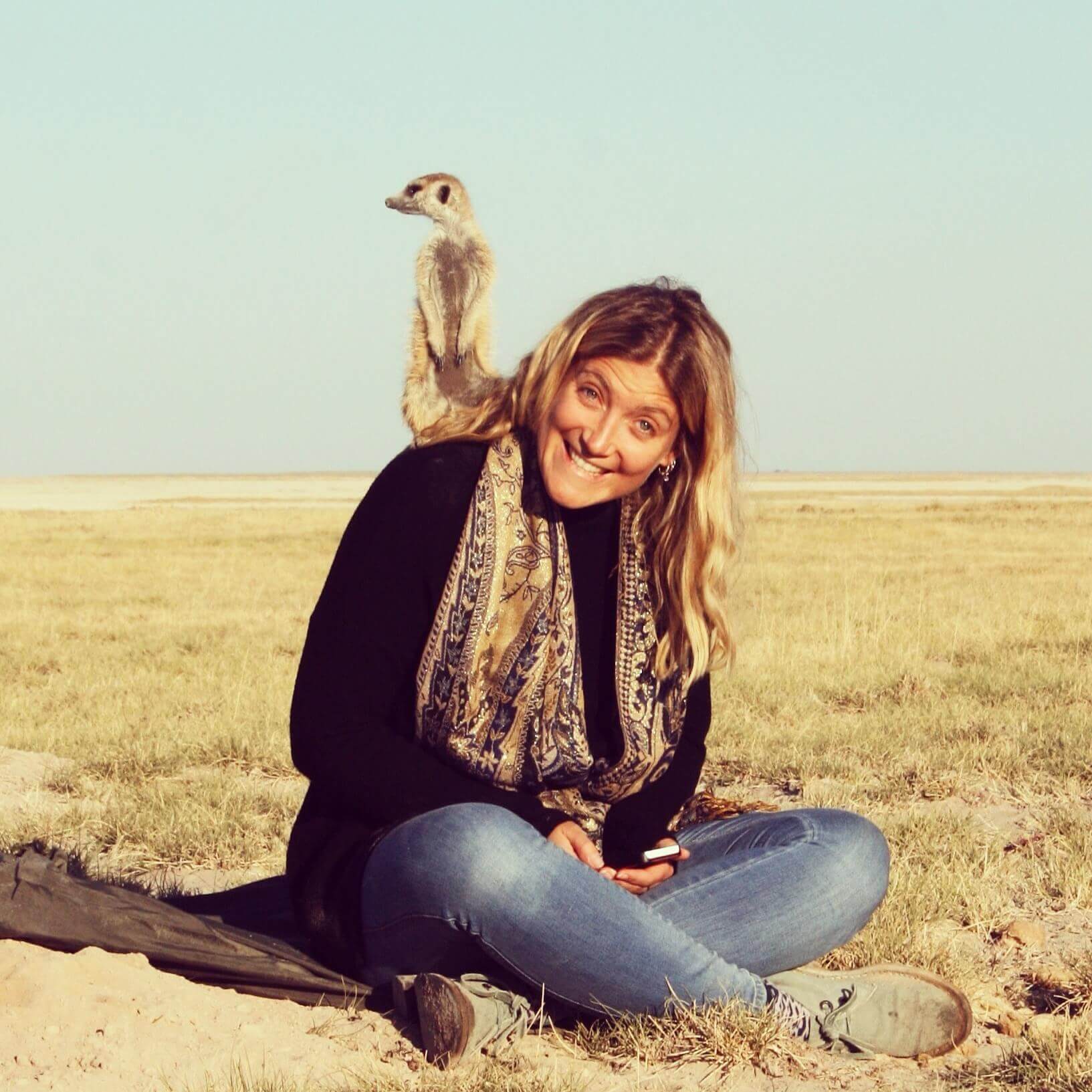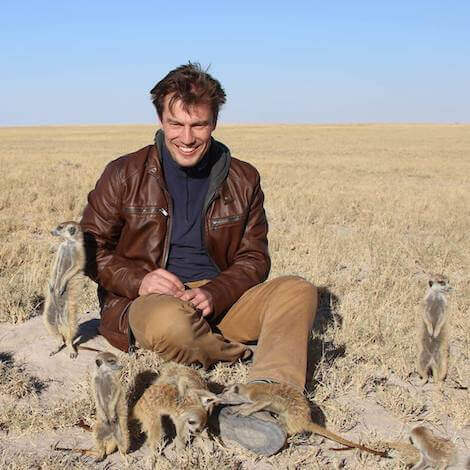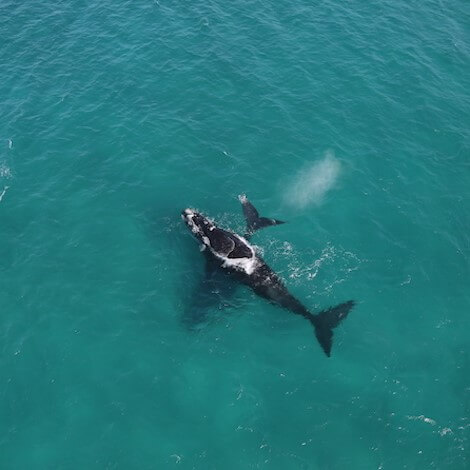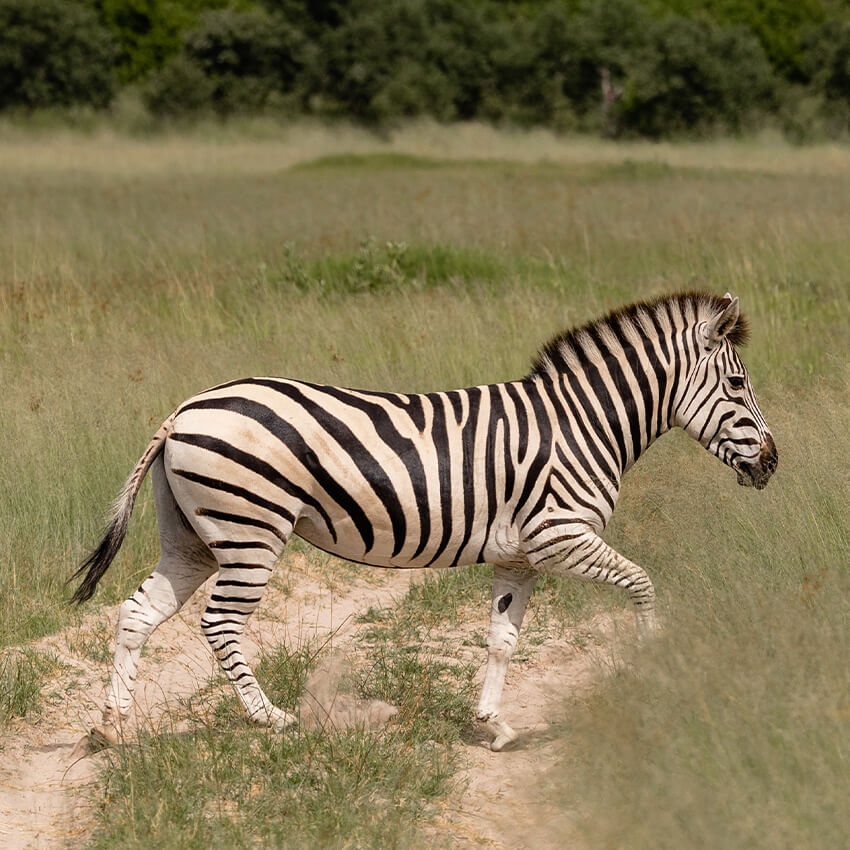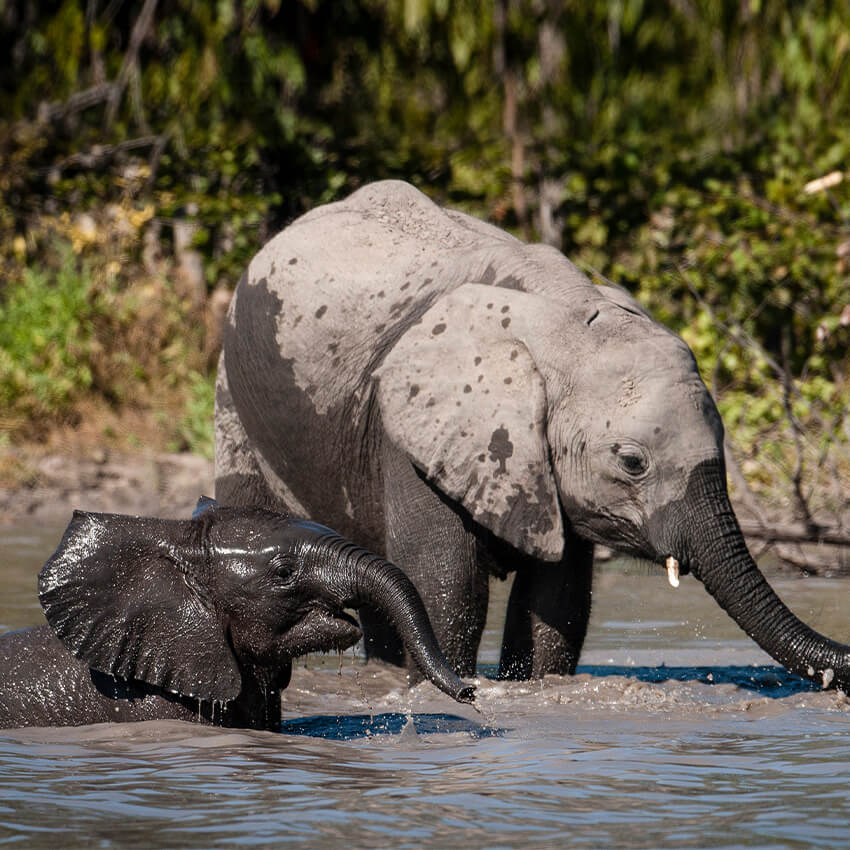Active
Popular
The Plight of the Kalahari Lions
 Jemima Sargent
Jemima Sargent
 December 03, 2018
December 03, 2018
Just as I realised the pot had been punctured by a big tooth, nine furry heads emerged to peer at us from a thorny hedge west of camp. We were still standing next to the Land Rover when the lions started strolling toward us in a long single file. (Cry of the Kalahari)
When Mark and Delia Owens ventured out into the vast, remote Kalahari Desert in Botswana during the 1980s, they probably didn’t anticipate that their story would become one of the most famous accounts of this wilderness area. Their encounters with all manner of creatures great and small have become legendary, but it is their ‘up-close and personal’ accounts of the lions of the Kalahari that are particularly memorable.
Panthera Leo
Lions are apex predators – key indicators of the ecological ‘health’ of an area. Their numbers and their behaviour directly influence the numbers and behaviour of meso-predators (or ‘mid-ranking’ predators) which then has knock-on effects for all levels of the ecosystem. Lions are popular due to their power and charisma, and thanks to this popularity their species have an indirect impact on decisions that are made on a national level to protect areas of natural habitat. This, in turn, benefits other, less popular but equally important species. As of 2015, lions were listed as ‘Vulnerable’ and placed on the World Conservation Union Red List of Threatened Species.
Although their numbers continue to decline, (primarily due to conflict with people) the Kalahari lion population is relatively stable, which is why it’s such an important region for research. These enigmatic lions, some of whom Mark and Delia would occasionally wake up to find sleeping next to them in the middle of the desert, are an example of a “flagstone species in biodiversity conservation” (Beukes, 2016; Loveridge & Canney, 2009). This means that they play a crucial role in attracting visitors to the area, and they serve an economic as well as ecological purpose.
What sets the Kalahari Lions apart?
The home ranges of the Kalahari lions are the largest on record and correlates directly with the dynamic distribution of prey. These lions have vast territories, spreading across the harsh, arid environment of the desert. Temperatures in the Kalahari range from -15 degrees C to over 40 degrees C, and both predator and prey species have to adapt to such extremes.
The Kalahari lions tend to gather in smaller, more scattered groups – unlike the larger prides found in other areas. Their shape and physique have evolved to suit the environment as well: they have larger paws and leaner limbs and are able to cover greater distances. The desert lions are known for their characteristic dark manes – not all are crowned in the same way, but there are noticeably darker specimens throughout the region.
How do they hunt in the desert?
Researchers have carried out extensive studies of the diets of these Kalahari lions, by gathering and analyzing scat samples (Beukes, 2016) and plotting the various GPS points of their feeding ‘events’. Larger herbivores like gemsbok, eland, kudu, and blue wildebeest are deemed to be the most popular prey choice, accounting for 68 to 97% of the lion diet. Smaller mammals like springbok are less frequently hunted – however, surprisingly, the porcupine has proved to be a popular, if rather prickly, dinner option for the lions in this region. In terms of hunting techniques, the Kalahari lions have developed a specific method for taking down the mighty gemsbok. Using the full force of their powerful jaws, the lions will target a particular weak spot in the gemsbok’s vertebrae, thereby dislocating the vertebral column. This is just another example of how the harshness of the environment has enabled the evolution of a specially adapted technique.
What does the future hold for these lions?
It is worth bearing in mind that despite the range of adaptations of the Kalahari lions, and their incredible resilience in such a difficult environment, they remain vulnerable. Existing in smaller, more isolated pride groups, they are at greater risk from the effects of environmental change and conflict with humans. If their habitat is not protected, they are more likely to stray into areas where humans live, to prey on livestock, damaging an already precarious relationship between lions and people. It is essential, then, that we encourage people to visit and learn more about the Kalahari lions, as well as supporting further research into their unique ways, so that these magnificent beasts may be allowed to flourish, in spite of all the challenges the desert throws at them.
References:
- Beukes, Maya. ‘Spatial and temporal variation in Lion (Panthera Leo) diet within the Kalahari Gemsbok National Park’. Master’s Thesis, accessed at Electronic Theses & Dissertations (http://hdl.handle.net/20.500.11838/2345). 2016.
- Loveridge, A.J. & Canney, S. ‘African Lion Distribution Modelling Project’. Final Report. Born Free Foundation, Horsham, UK. 2009.
- Owens, Mark & Delia. Cry of the Kalahari. Houghton Mifflin Harcourt: 1984.
- Zehnder, Andre, Henley, Stephen & Weibel, Robert. ‘Home range of lions in the Kalahari, Botswana, exhibit vast sizes and high temporal variability’. Zoology, Vol. 128, June 2018. Pages 46-54. https://doi.org/10.1016/j.zool.2018.04.001
Special Offers
Our special offers are designed to help you experience everything southern Africa has to offer whilst also saving some all-important pennies. Whether you’re about to embark on a once-in-a-lifetime solo trip, or are celebrating a special occasion, have a peek at our offers and see what could be in store for you.
















